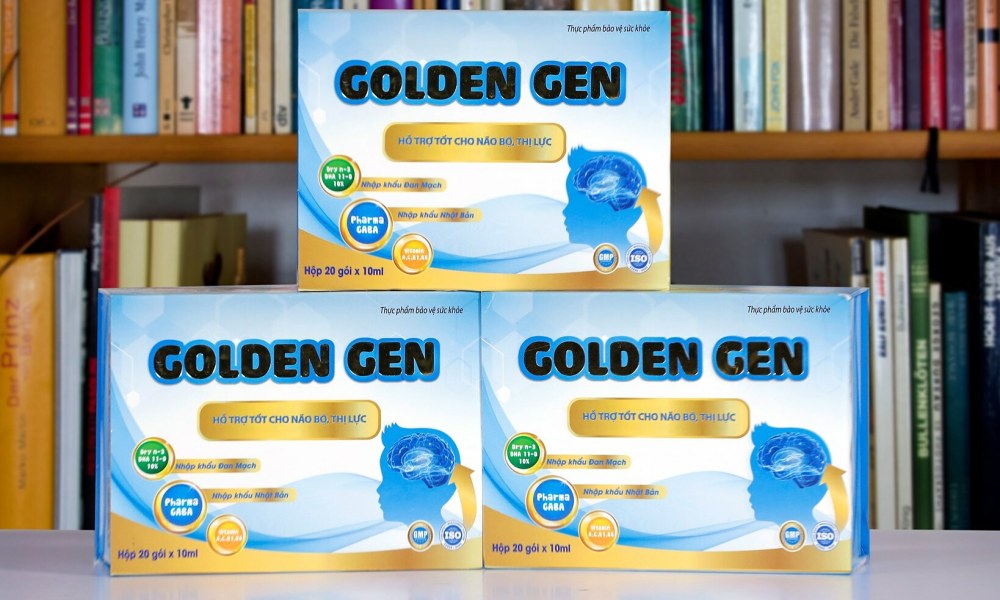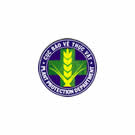- Folder Newsletter
- Views 6314
- Last Updated 08/11/2022
Methanol is a nondrinking type of alcohol used for industrial and automotive purposes. This article discusses poisoning from an overdose of methanol.
This is for information only and not for use in the treatment or management of an actual poison exposure.
Alternative Names
Wood alcohol poisoning
Poisonous Ingredient
Methyl alcohol
Where Found
Antifreeze, Canned heating sources, Copy machine fluids, Deicing fluid, Fuel additives (octane boosters), Paint remover or thinner, Shellac, Varnish, Windshield wiper fluid
Note: This list may not be all inclusive.
Symptoms
Symptoms may include:
- Airway and lungs: Breathing difficulty, No breathing
- Eyes: Blindness, Blurred vision, Dilation of the pupils
- Heart and blood: Convulsions, Low blood pressure
- Nervous system: Agitated behavior, Coma, Dizziness, Headache, Seizures
- Skin and nails: Bluish-colored lips and fingernails
- Stomach and intestines: Abdominal pain (severe), Diarrhea, Liver function problems, Nausea, Pancreatitis, Vomiting
- Other: Fatigue, Leg cramps, Weakness
Home Care
Seek immediate medical help. DO NOT make a person throw up unless told to do so by Poison Control or a health care professional.
Before Calling Emergency
Determine the following information:
- Patient's age, weight, and condition
- Name of the product (ingredients and strengths, if known)
- Time it was swallowed
- Amount swallowed
What to Expect at the Emergency Room
The health care provider will measure and monitor the patient's vital signs, including temperature, pulse, breathing rate, and blood pressure. The patient may receive:
- Dialysis
- Medicine (antidote) to reverse the effect of the poison (fomepizole or ethanol)
- Medicines to treat symptoms
- Tube through the nose or mouth into the stomach to wash out the stomach (gastric lavage)
- Oxygen and breathing support
- Other medications (folinic acid, bicarbonate)
Outlook (Prognosis)
Methanol is extremely poisonous. As little as 2 tablespoons can be deadly to a child. About 2 to 8 ounces can be deadly for an adult. Blindness is common and often permanent despite medical care. How well the person does depends on how much poison is swallowed and how soon treatment is received.
Source link: nytimes.com



















